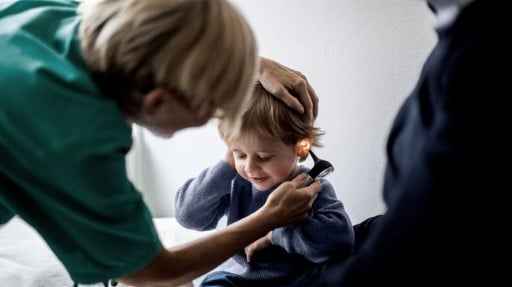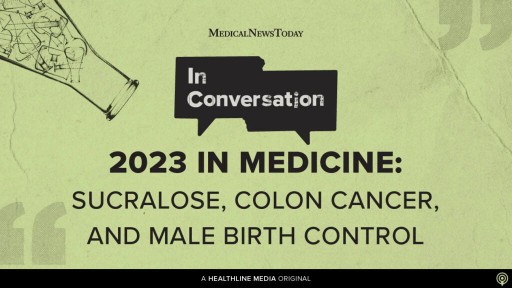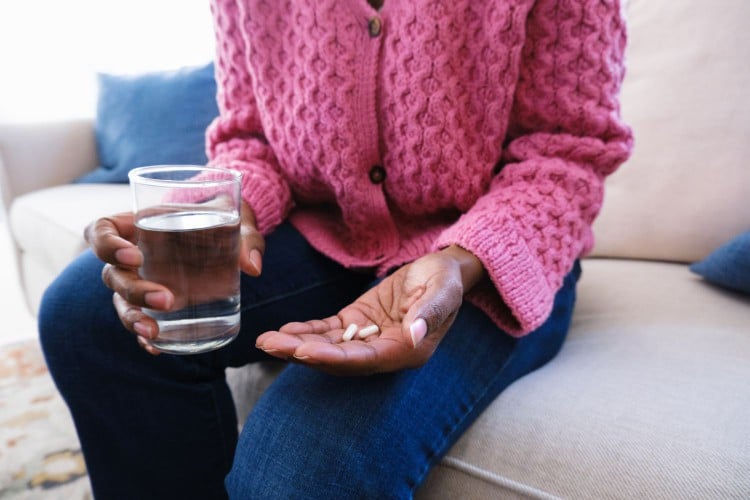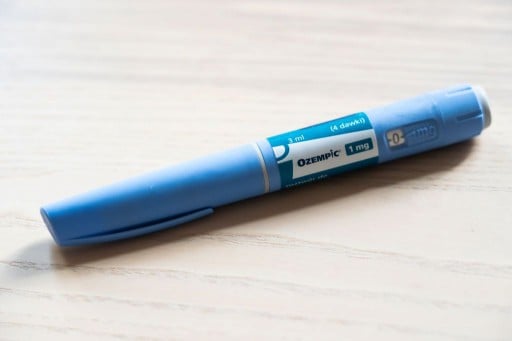
- A new study conducted by researchers from the University of Nottingham and King’s College London reports that children diagnosed with attention deficit hyperactivity disorder (ADHD) are twice as likely to utilize healthcare services in the two years before their diagnosis, compared to their peers.
- Researchers say these findings emphasize the need for healthcare professionals to consider ADHD as a potential diagnosis, particularly for children seeking medical assistance for common issues such as tonsillitis, asthma, or eczema.
- They say the study sheds light on the challenges faced by young people with ADHD and underscores the importance of early identification and intervention to help prevent long-term health and well-being issues.
In a new study, scientists are reporting that young people diagnosed with attention deficit hyperactivity disorder ADHD tend to utilize healthcare services at a rate that is double that of their peers during the two years leading up to their diagnosis.
The research, published in the journal Archives of Disease in Childhood, reports that children with ADHD have a two-fold higher likelihood of consulting their general practitioner, being hospitalized, and even undergoing surgical procedures, in comparison to children who do not have ADHD.
The researchers said that children and young people with ADHD frequently consult healthcare professionals, yet current guidelines from organizations such as the National Institute for Health and Care Excellence and the American Academy of Pediatrics lack specific recommendations for earlier ADHD detection.
Children with ADHD experience delays in diagnosis
The study was led by Vibhore Prasad, a scholar and visiting lecturer at King’s College London and a general practitioner in Nottinghamshire, England.
Prasad explained the key findings to Medical News Today, saying that ADHD is “a common problem in young people.”
He noted that professionals expect 3 to 5 percent of young people worldwide to have this health problem.
“However, in many countries (including the United Kingdom), there are delays in the recognition of ADHD and an under-recognition,” Prasad said.
The research primarily concentrated on understanding why children visited their general practitioner, received prescriptions, were admitted to the hospital for overnight stays, and underwent surgical procedures.
Examining medical records of children and young adults
The study examined the medical records of children and adolescents aged 4 to 17 years from the Clinical Practice Research Datalink, which is a primary care database encompassing the records of approximately 15 million individuals across 730 general practitioner practices. It represents about 7 percent of the United Kingdom’s population.
The researchers said the results are important because it is known that early identification of ADHD can lead to more effective treatments, including therapeutic interventions and medications.
The conclusions drawn were based on data from roughly half of the patients in England, who also had linked hospital medical records.
The researchers said the study underscores the importance of conducting additional research to identify children with ADHD at an earlier stage, thereby enabling them to receive more timely and effective assistance.
Recognizing ADHD as a diagnosis
Experts say there is a need to raise awareness of ADHD in order for professionals to consider it as a potential diagnosis.
Prasad explained that “we know that general practitioners have difficulty in recognizing ADHD as a possible diagnosis.”
“Therefore, we used a very large dataset from primary and secondary care medical records (covering 8 percent of the English population) to investigate what happens for young people before diagnosis,” he added.
We found that young people with ADHD attend healthcare services twice as often as controls without ADHD in the two years before diagnosis. They attend for a wide range of reasons (not just for mental health reasons, as we might expect). This means there may be opportunities for earlier recognition for ADHD. We may also have opportunities to pick up young people with ADHD in primary care, hospital care, and around times of operations and procedures.
Vibhore Prasad
“Due to a shortage of child and adolescent psychiatrists, it is important the [primary care physicans] can be knowledgeable about ADHD and learn how to treat it,” Narasimhan explained.
A collaborative model between psychiatry and primary care can allow for enhanced mental healthcare and a multidisciplinary approach. Government funding that is directed toward a collaborative model can further allow for earlier intervention for individuals with the diagnosis. Advocating for such collaborative efforts and government funding can benefit patient populations, decrease the economic burden that untreated ADHD has, potentially decrease the associated risks of substance abuse and addiction, accidents, interpersonal relationship collapses, etc.
Dr. Anandhi Narasimhan
Opportunity to identify ADHD earlier in all healthcare settings
Prasad also notes that “we may have opportunities to identify ADHD earlier and in all healthcare settings if we look out for young people with symptoms of hyperactivity, impulsivity, and inattention in all healthcare settings.”
“We should also be aware that healthcare professionals from non-specialist backgrounds may be treating young people with ADHD without realizing they need help with their behavior and mental health,” he added.
“We still don’t know a lot of things about why there is a problem with under-recognition of ADHD. The healthcare systems are complex and there is clearly a great deal of demand for services to assess young people with mental and behavioral symptoms,” Prasad said.
One of the answers may be more training for healthcare professionals. Another solution may involve greater services to assess, diagnose and treat young people with ADHD… However, the current situation is that there are not enough services and they have long waiting times.
Vibhore Prasad
With that in mind, Prasad concluded by saying “we need to design better healthcare pathways that can prioritize young people correctly.”
“This is a complex problem that requires more research about which young people need specific sorts of help and which young people can be helped with less specialized help,” he added.








